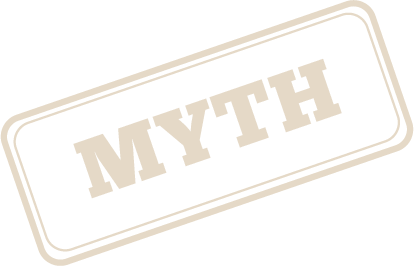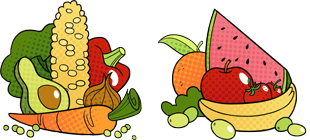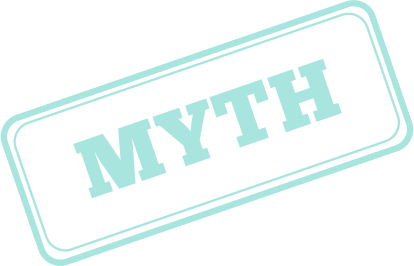
Eating lots of fibre won’t reduce my risk of cancer
Eating a balanced diet with lots of fibre is so important when it comes to improving your health and reducing the risk of cancer and other diseases. To make sure you get a balanced diet, use these simple tips:
Tips
- Aim for 2 serves of fruit and 5 serves of vegetables everyday – they are delicious, and come in all shapes, sizes, colours and textures for even the fussiest eater. What’s a serve?
- Include lots of dietary fibre – found in fruit, vegies, legumes, pulses and unprocessed cereals, which protects against bowel cancer. What’s a legume?
- Limit your intake of red meat to less than 500 grams per week, that’s all you need! Try chicken, seafood and vegetarian options as a different source of protein.
- Stick to less than 6 grams (one teaspoon) of salt per day by avoiding salty, processed foods and using delicious herbs and spices to add flavour to your meals instead.



